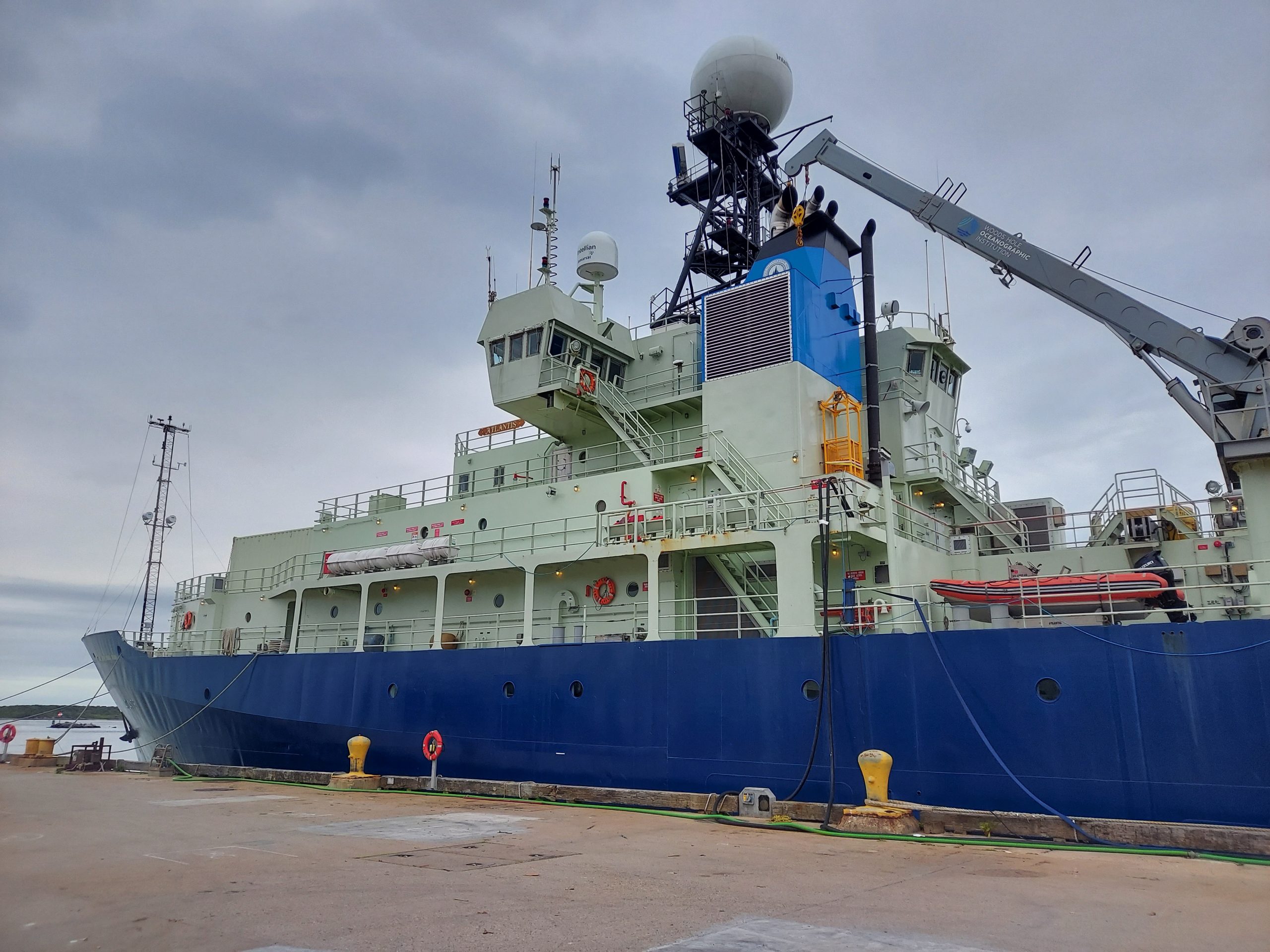We all made it to Woods Hole Oceanographic Institution and the R/V Atlantis! We leave port tomorrow (6/3/22), so I spent some time today exploring the ship. Here’s a video tour!
Woods Hole Oceanographic Institution
Woods Hole Oceanographic Institution (or WHOI, pronounced “hoo-ee”) was established in 1930, and since then, has served as the largest independent oceanographic research station in the United States. Currently, the WHOI community consists of around 1000 employees (scientists, technicians, crew, officers, and support staff) (1,2).
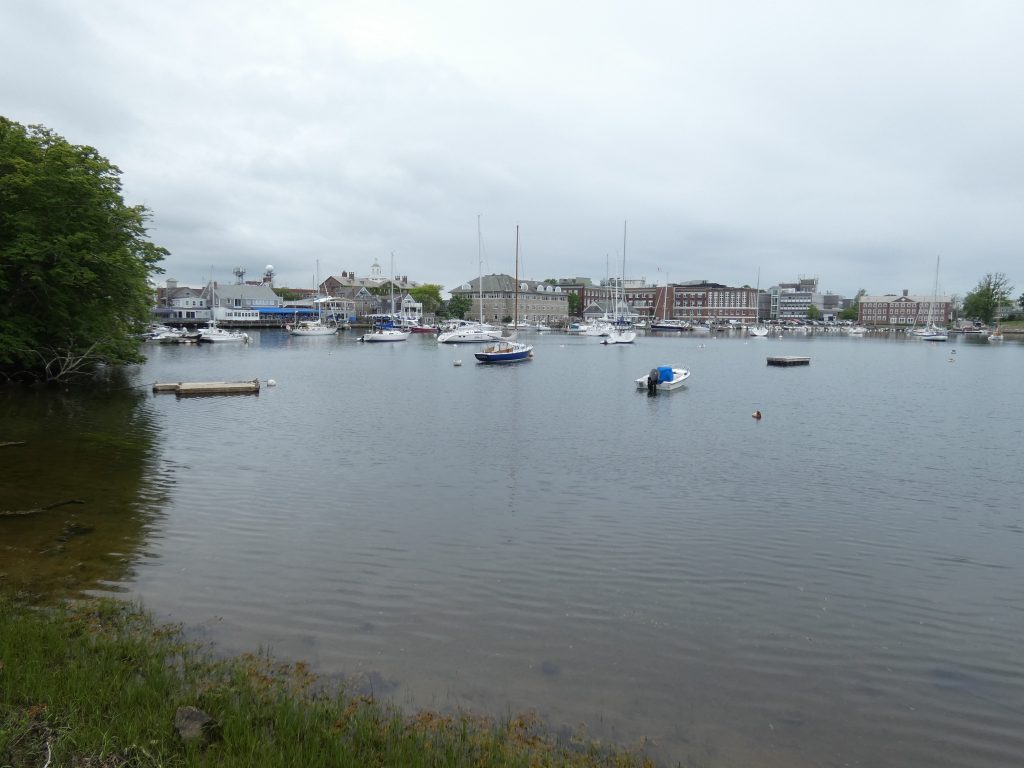
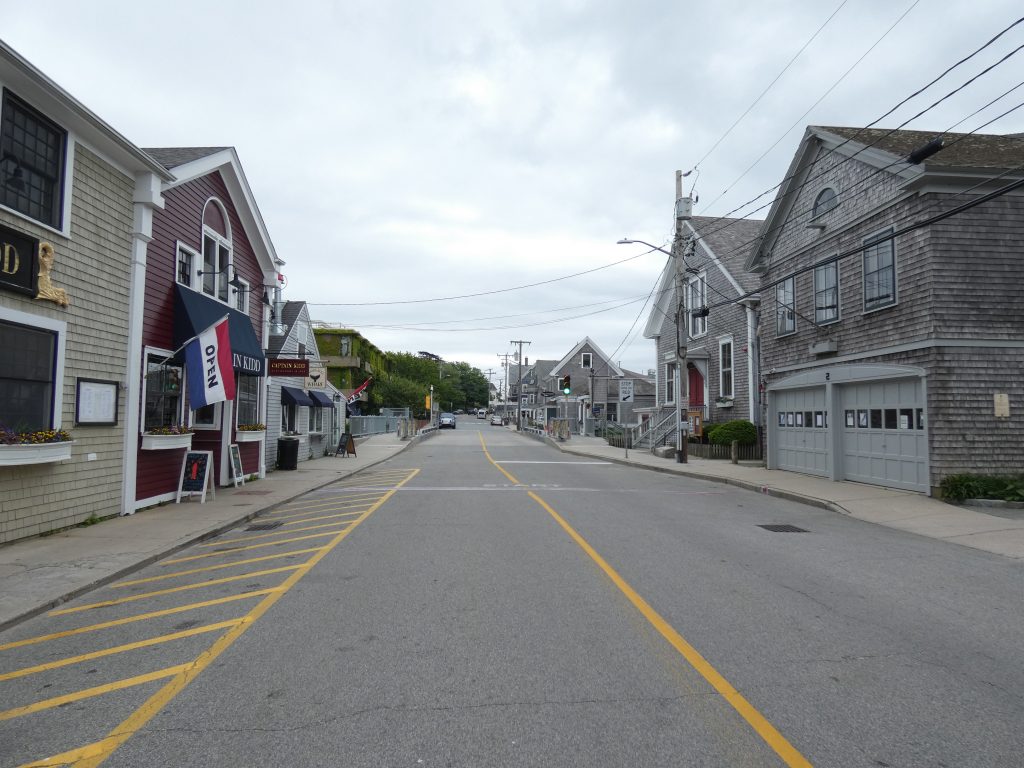
R/V Atlantis
The research vessel (R/V) Atlantis is owned by the U.S. Navy and operated by WHOI. Built in 1997, the ship is 274 feet long and can house up to 22 crew members and 24 scientific personnel. With a fuel capacity of 267,540 gallons, the Atlantis can be at sea for up to 60 days without resupply (1,2).
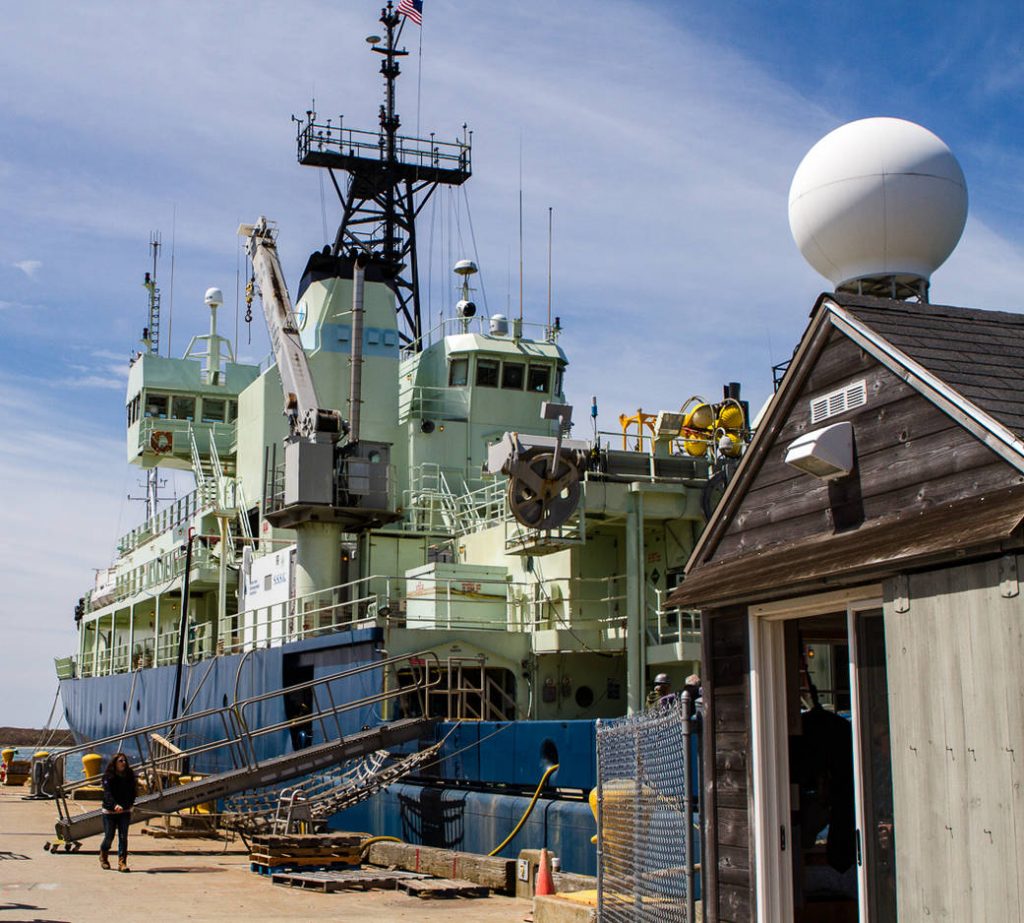
Did You Know?
Atlantis is specifically designed for housing and operating Alvin, a crewed (two scientists and a pilot) deep-ocean submersible research vehicle. Alvin was commissioned in 1964, and since then, has completed over 5000 research dives. The vehicle can reach depths of 4500 meters and can support scientists on dives up to 10 hours (1). Here’s a list of Alvin’s most famous exploits:
- 1974 – American and French scientists aboard Alvin were able to study the seafloor spreading at the Mid-Atlantic Ridge (3).
- 1977 – Marine scientists used Alvin to first discover deep-sea hydrothermal vents off of the Galapagos Islands (4).
- 1986 – Alvin was used to explore the recently-discovered wreckage of the RMS Titanic. The scientists aboard Alvin were able to deploy a remotely operated vehicle, Jason Jr., to take detailed photos (1).
- 2014 – Alvin was used in the Gulf of Mexico to investigate damage to the seafloor from the 2010 Deepwater Horizon oil spill (5).
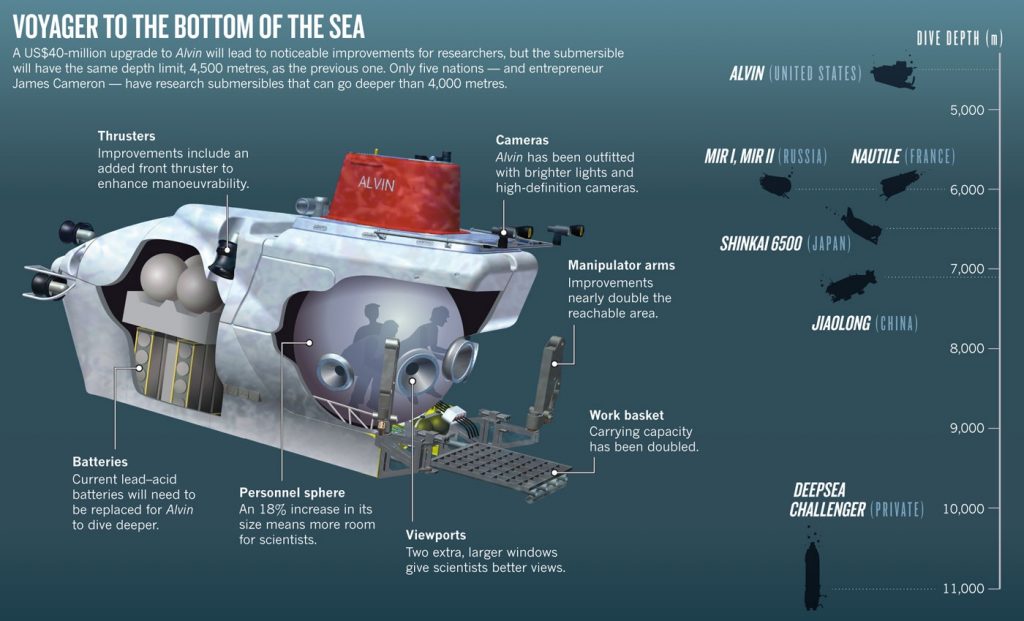
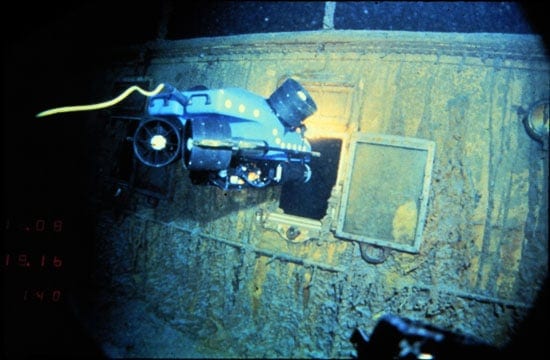
Wildlife Sightings
- Rock Pigeon
- Mourning Dove
- Chimney Swift
- Ring-billed Gull
- Great Black-backed Gull
- Double-crested Cormorant
- Great Egret
- Snowy Egret
- Osprey
- Great-crested Flycatcher
- Blue Jay
- American Crow
- European Starling
- American Robin
- House Finch
- Red-winged Blackbird
Sources
- Woods Hole Oceanographic Institution. “Woods Hole Oceanographic Institution.” Woods Hole Oceanographic Institution, 2019, www.whoi.edu.
- “Research Vessel Atlantis: Technology: Vessels: NOAA Office of Ocean Exploration and Research.” Oceanexplorer.noaa.gov, oceanexplorer.noaa.gov/technology/vessels/atlantis/atlantis.html.
- Heirtzler, J. R., and Tjeerd H. Van Andel. “Project FAMOUS: Its Origin, Programs, and Setting.” GSA Bulletin, vol. 88, no. 4, 1 Apr. 1977, pp. 481–487, pubs.geoscienceworld.org/gsa/gsabulletin/article/88/4/481/202106/Project-FAMOUS-Its-origin-programs-and-setting
- Corliss, John B., et al. “Submarine Thermal Springs on the Galápagos Rift.” Science, vol. 203, no. 4385, 16 Mar. 1979, pp. 1073–1083, 10.1126/science.203.4385.1073.
-
Juhasz, Antonia. “The Deepwater Horizon Spill, Four Years On: What Should Be Done with the Symbols of White Supremacy?” Harper’s Magazine, 1 Apr. 2014, harpers.org/2014/04/the-deepwater-horizon-spill-four-years-on.
